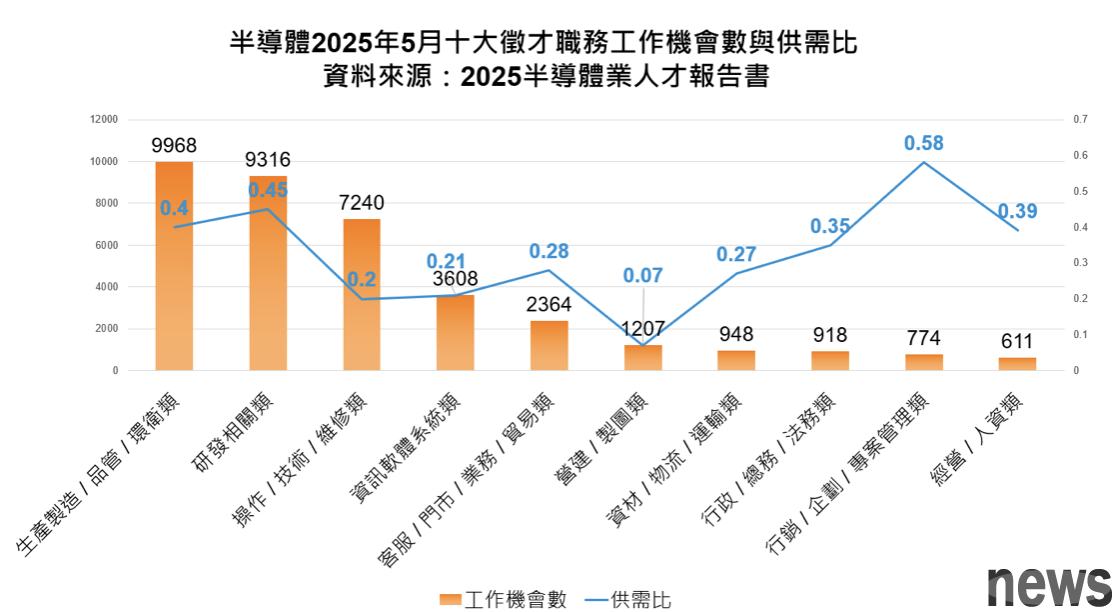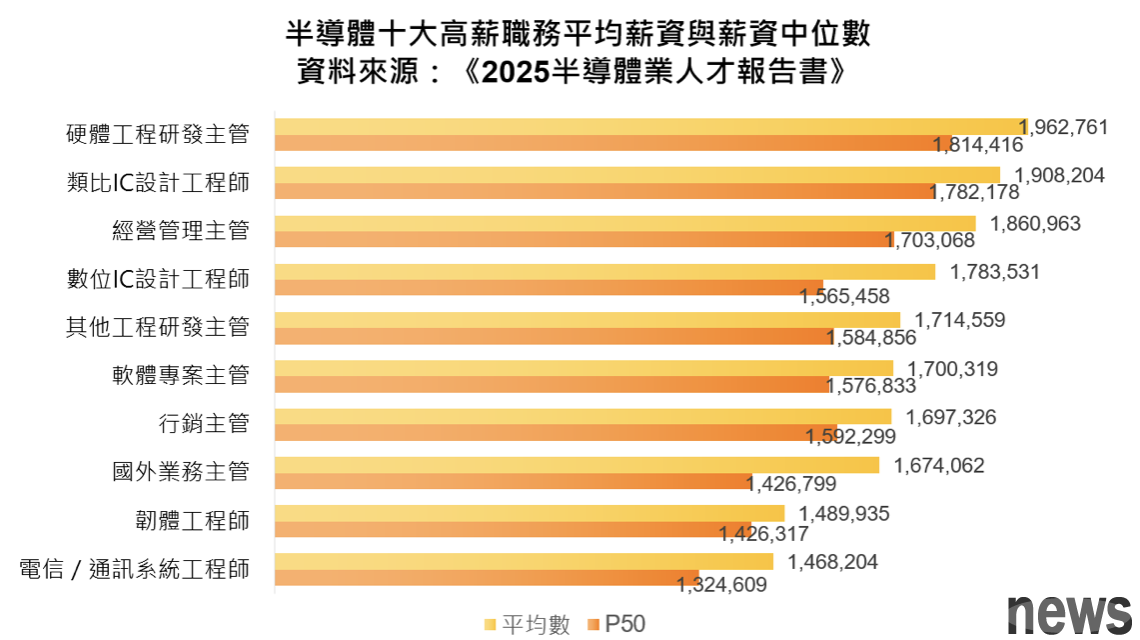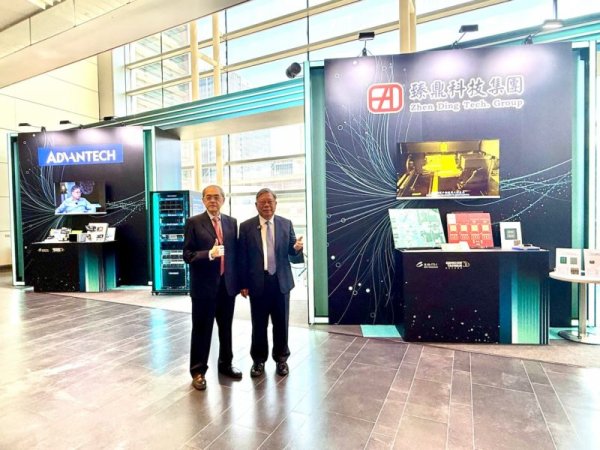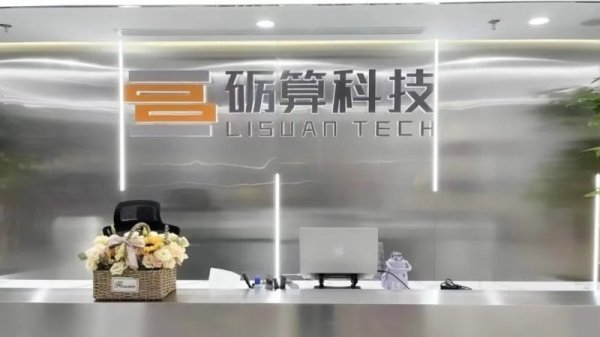The deepest concern in semiconductor industry! Monthly vacancies 34,000 people have a dilemma of "10 jobs, 7 empty"

Taiwan plays an irreplaceable strategic role in the global semiconductor supply chain, and behind it is the deepest hint of the industry. The Institute of Technology and Research recently jointly published the "2025 Semiconductor Talent Report" with 104 Human Resources Bank, discussing the dilemma of "10 jobs and 7 empty people" in the face of the talent demand in the "Post-Moral era"?
Lin Zhaoheng, deputy director of the Institute of Industrial Research and Director of the International Institute of Technology, said that Taiwan's semiconductors are entering a critical period of transformation. Faced with the globalization of AI technology evolution and supply chains, enterprises' expectations for talents have shifted from a single technical capability to focusing on cross-domain integration, international adaptation and system thinking. However, the only region in Taiwan where the birth rate of newborns has grown is Hsinchu, which shows that there is a shortage of births and population aging is the key to Taiwan's lack of work.
Factory data shows that the monthly gap of semiconductor talents is 34,000, of which, based on technical specialty, there is 10,000 people missing in "production and manufacturing/quality management/circuitry" and an increase of 77%; 9,000 people missing in "R&D" and 7,000 people missing in "operation/technology/repair" reflecting the expansion of advanced processes and advanced packaging lines, and the demand for machine operators has increased.

The top three jobs in the semiconductor talent gap, "operation/technology/maintenance" can only be assigned to each worker with 0.2 job seekers on average, which is extremely tight; "production/management/circulation" can only be assigned to each worker due to complex processes; and "research and development" can only be assigned to each worker with a comprehensive expansion of AI applications, and on average, each worker with 0.45 job seekers on average.
104 Human Resources Bank Human Resources Bank Human Resources Chief Long Wenxiong said that the reason why semiconductor operation technology cannot find people is mainly because of the wheel class and work that requires high attention. However, future engineers can no longer have only one technology, but also need to have AI application, cross-domain thinking and global collaboration. For enterprises, whether they can retain talents with comprehensive capabilities will become the key component of industry upgrading and global competition.
As for the talents that semiconductors want to recruit, "Production and Manufacturing/Quality Management/Environmental Classes" and "Operation/Technology/Maintenance" are all for mechanical product troubleshooting and repair, improvement of equipment problems and function improvement, and maintenance of motor equipment to ensure that the equipment is maintained normally, avoid shutdown, and support the overall process to smoothly carry out; "R&D" skills are electronic circuit system design, category IC circuit design, digital circuit design and verification.

Super Mengzong, deputy director of the Senior Director of the Institute of Technology and Research, said that there is a shortage of semiconductor talents. The fastest way is to connect with the international community to build Taiwan into a "global semiconductor talent cultivation New Zealand". Taking Taiwan Power's factory in Thailand as an example, Tai Power is to send talents to Taiwan for training and then send them back to use as key talents, which will make up for the gap in local talents.
There is a shortage of semiconductor talents and is proud of the industry in terms of salary and salary. First of all, in "non-supervisory positions", the median annual salary of "classical design engineers" is higher than that of 1.78 million yuan, followed by 1.57 million yuan for "digital IC Design Engineers", showing that IC design has extremely high technical points and additional value in the semiconductor value chain.
Explore the salary of the "supervisor" of the semiconductor industry. The highest salary is the median annual salary of the hardware engineering research and development supervisor 1.81 million, followed by 1.7 million business management supervisor, showing the importance of technology and management integration capabilities. Among them, the third place in the marketing supervisor is 1.59 million, showing the importance of semiconductor industry in market promotion. Even the annual salary of finance, purchasing, and projects exceeds one million.
Extended reading: AI talents are in Taiwan, should they stay? Visit Du Yijin, founder of artificial intelligence experiment in Taiwan NVIDIA is coming to Taiwan to start a talent war! The core of the question of the topic of the group contact Pan Jian: the key is how much salary can you pay From EUV to innovation base, see how Zeiss semiconductors grow into international engineers in Taiwan



